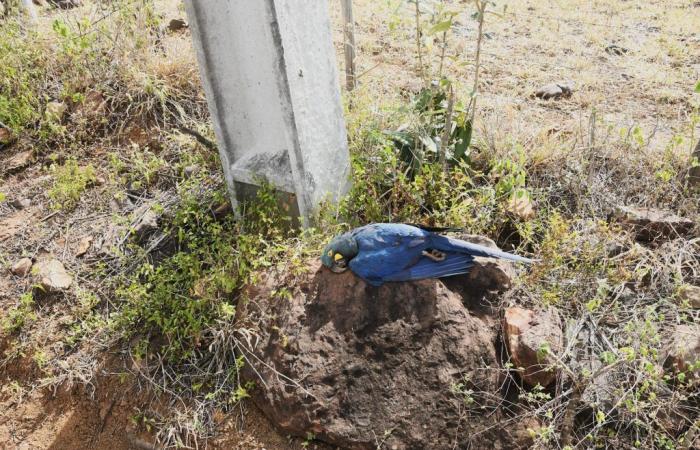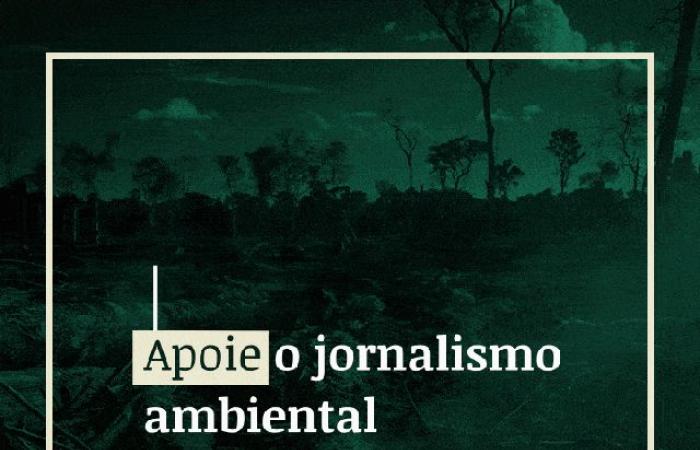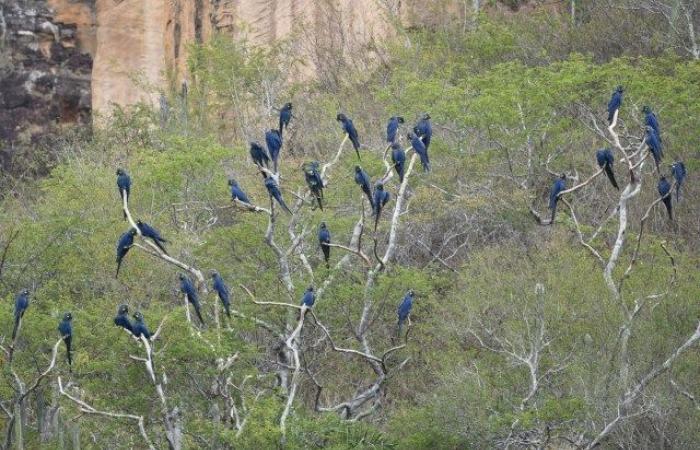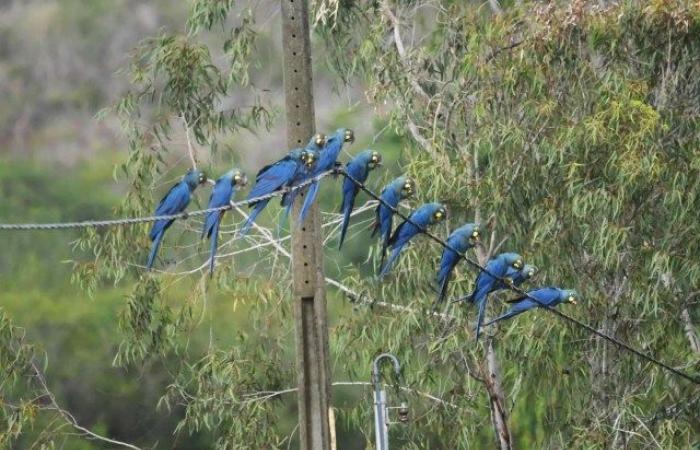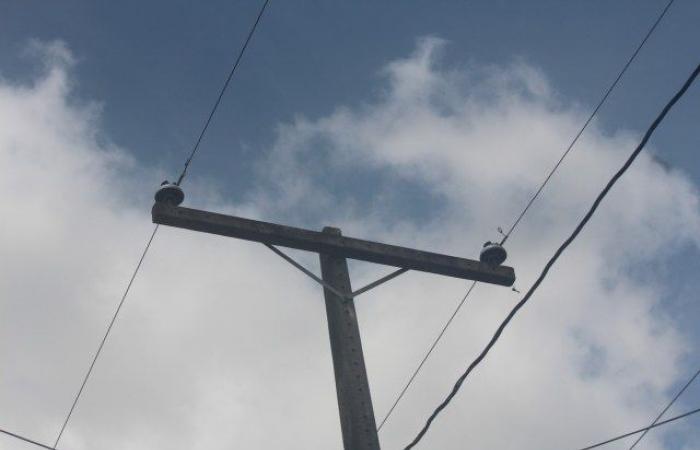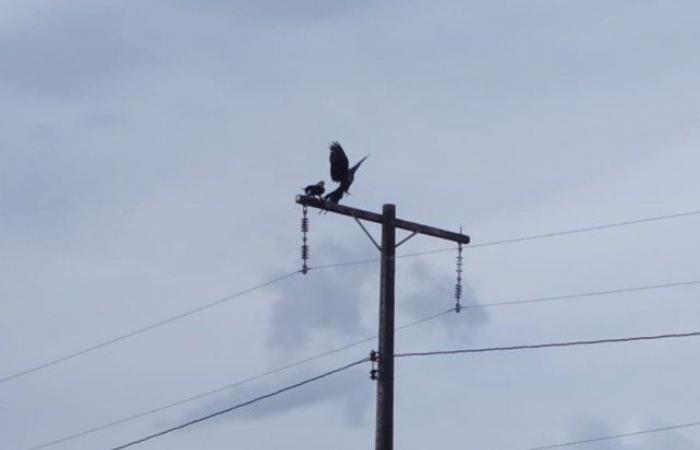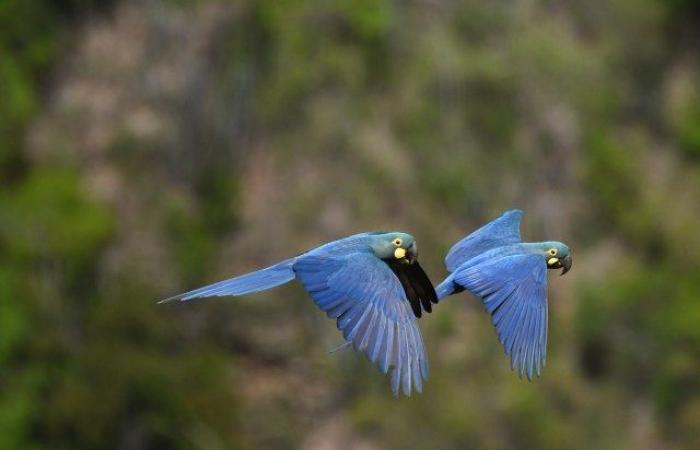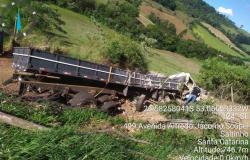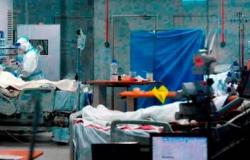Researchers, the Public Ministry, companies and the state government can change the installation and licensing standards for electrical networks and once and for all reduce fatal shocks to Lear’s Macaw, a species exclusive to the Caatinga. The number of birds killed in these accidents may be greater than estimated.
The electrification of national interiors has been progressing for two decades with “Light for all”. In the early 2000s, more than 10 million Brazilians could not turn on a light bulb or keep food in the refrigerator. But some of the thousands of kilometers of installed poles and wires are fatal to wildlife.
From its burrows in red sandstone walls, Lear’s macaw (Anodorhynchus leari) It travels up to 80 km a day searching for food from more than 30 plant species, for itself or its hungry offspring. In these flights, the curious bird lands on trees, bushes, posts and wires. In certain cases, for the last time.
Around 100 of these endangered birds die annually from electrocution, according to records from NGOs, residents and a study published in 2022 in the journal Ibis – International Journal of Avian Science. But the losses could be even greater.
“The carcasses can be devoured quickly by other animals and there is a lack of greater scientific effort to estimate the real number of dead birds”, says biologist Thiago Filadelfo, master in Ecology from the University of Brasília (UnB) and part of a team of researchers focused on in the conservation of the Lear’s macaw.
The losses of the species are concentrated in the Raso da Catarina, between municipalities in the northeast of Bahia such as Canudos, Paulo Afonso, Jeremoaba and Rodelas. Part of the region is sheltered by an ecological station, a national park and an indigenous land. But this does not alleviate the risks to the future of the Lear’s Macaw.
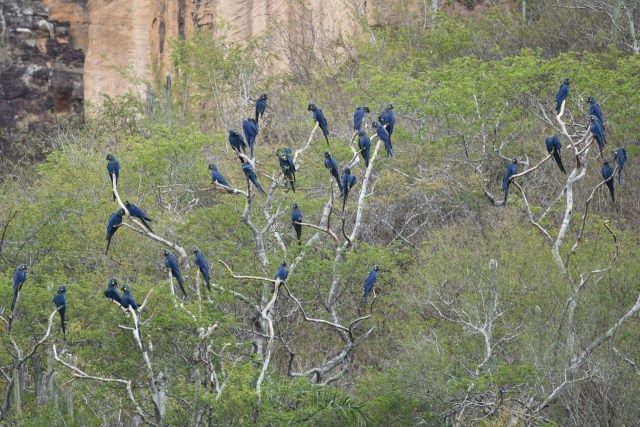
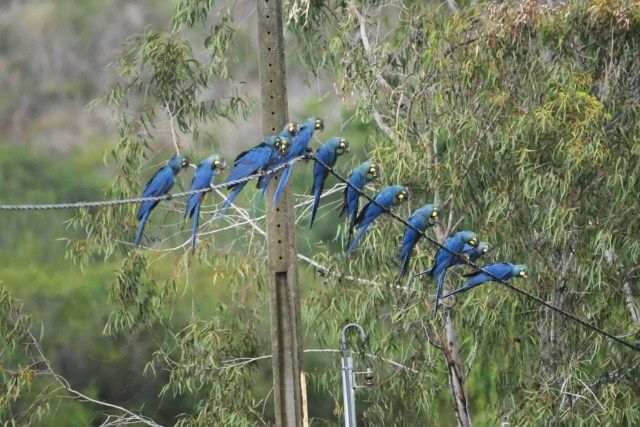
After all, their maximum 2 offspring per year face predators and the dryness of the countryside. Furthermore, there are just over 2,300 birds counted in the wild. “Any loss is absurd with such a small population”, warns Filadelfo. “We must fight for coexistence, find a way for energy to reach environments and species safely”, he says.
This could become a reality thanks to pressure from researchers echoed in inquiries and actions by the State Public Ministry of Bahia (MPE/BA) and Neoenergia. The company belongs to the Spanish group Iberdrola, which took over Companhia de Eletricidade da Bahia (Coelba) in 1997, together with Banco do Brasil and its employees’ pension fund, Previ.
Prosecutor Luciana Khoury says that a Conduct Adjustment Agreement (TAC) must be signed this semester so that the company can change more wires and poles to contain the deaths of Lear’s Macaws. “It shouldn’t take long,” she bets. “Issues such as the limit of actions, which involve huge areas, are being agreed upon. We want to expand coverage for equipment exchange as much as possible,” she explains.
The agreement is based on changes to more than 1,800 posts in Raso da Catarina that Neoenergia claims to have made since 2020. “The change to the structures was an immediate initiative after carrying out behavioral studies of the birds and engineering research at national and international level , with the support of local NGOs and the Public Ministry of Bahia”, states the Neoenergia Press Office.
The company also supports research, environmental education, agroecology and the planting of licuris, a fruit much appreciated by Lear’s macaws. The work is coordinated by the Advanced Institute of Technology and Innovation (IATI), in Recife (PE). “The initiatives have an investment of more than R$20 million”, details Neoenergia.
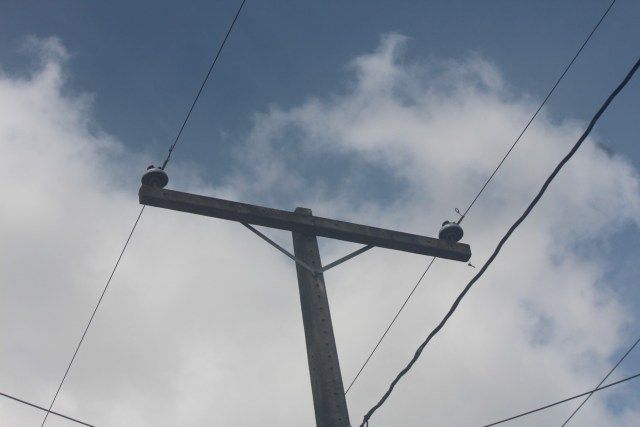
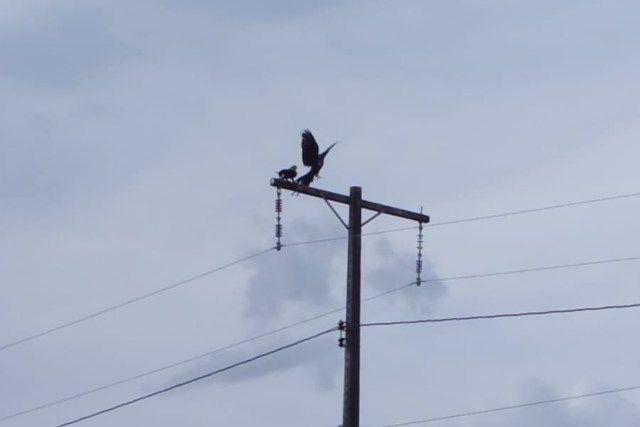
Modifications to the posts include reversing and repositioning electrical insulators, as well as increasing the distance between wires. This reduces the chances of bird strikes. “The effectiveness of the action has already been proven and guarantees the safety of the macaws that fly around the modified poles”, says Neoenergia (See video at the end of the article).
“As the macaws are almost one meter long when opening their wings, it was necessary to remove the wiring and also larger insulators”, adds promoter Luciana Khoury. “Where we require changes, the macaws are living without any harm,” she assures.
As for Thiago Filadelfo, measures need to be accelerated to protect as many Lear’s macaws as possible. “The company’s first actions were too late. They have to accelerate and expand these measures”, highlights the master in Ecology from the University of Brasília (UnB).
Scientists, NGOs and activists hope that the improvements will become a standard for licensing energy transmission where endangered species such as the Lear’s macaw live, but the Institute for the Environment and Water Resources (Inema), a public body of the government of Bahia, did not return our interview requests and did not explain how it will reinforce the bird’s protection.
Threatened success
Raso da Catarina is home to nine out of every ten Lear’s Macaws in the wild. Another small group would survive between the Bahian municipalities of Campo Formoso and Sento Sé, suggesting that the bird occupied a much larger area in the past than it does today. Meanwhile, a major conservation effort has been recovering part of their populations.
Between 60 and 200 birds flew free in 1990. Two decades later, 1,125 macaws were counted. The estimated 2,273 macaws in 2022 represent a 3,700% jump on the worst past numbers.
“This spectacular recovery is the result of several actions, from the direct protection of reproductive areas to the involvement of local communities”, highlights biologist specialized in bird conservation Paulo Zuquim Antas, PhD in Ecology from the University of Brasília (UnB). However, there is still no bonanza for the Lear’s Macaw.
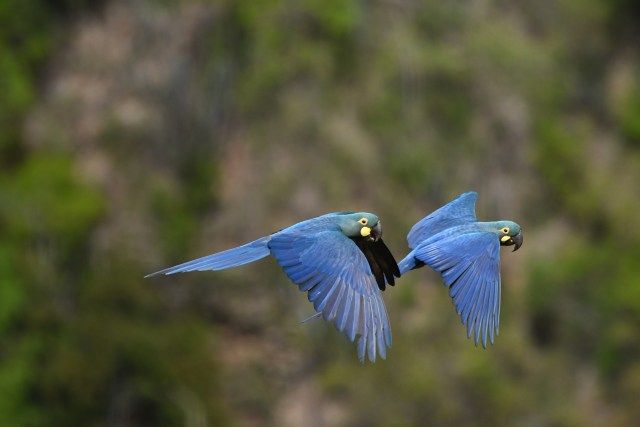
In addition to deadly shocks on the electricity grid, the bird is a victim of trafficking and can suffer casualties from wind farms. Trafficked birds have been spotted since the middle of last year in countries such as Suriname (South America), Bangladesh (Asia) and Togo (Africa). The situation was alerted in last December’s bulletin from the Brazilian Society of Ornithology.
“This is the ‘top floor’ of animal trafficking. Big money finances these actions and a well-structured mafia to deal with so many different local realities, including the issue of bribes to warm up the passage of animals”, assesses Zuquim Antas.
Another ghost is the installation of wind turbines near the homes and flight paths of Lear’s macaw and other species. Last September, the Federal Regional Court of the 1st Region authorized the resumption of a wind farm in Canudos, whose state license had been suspended by the Federal Court.
“We don’t know what the Lear’s macaw’s interaction will be like with these complexes. These are new challenges for the survival of the species”, warns biologist and researcher Thiago Filadelfo, master in Ecology from the University of Brasília (UnB).
For Paulo Zuquim Antas, only concrete and urgent actions will prevent the extinction of the Lear’s Macaw in the wild, just as happened with the Hyacinth Macaw (Cyanopsitta spixi), today being reintroduced in the same Bahian Caatinga. “How long will the Lear’s Macaw withstand such human pressure?” asks the researcher.

